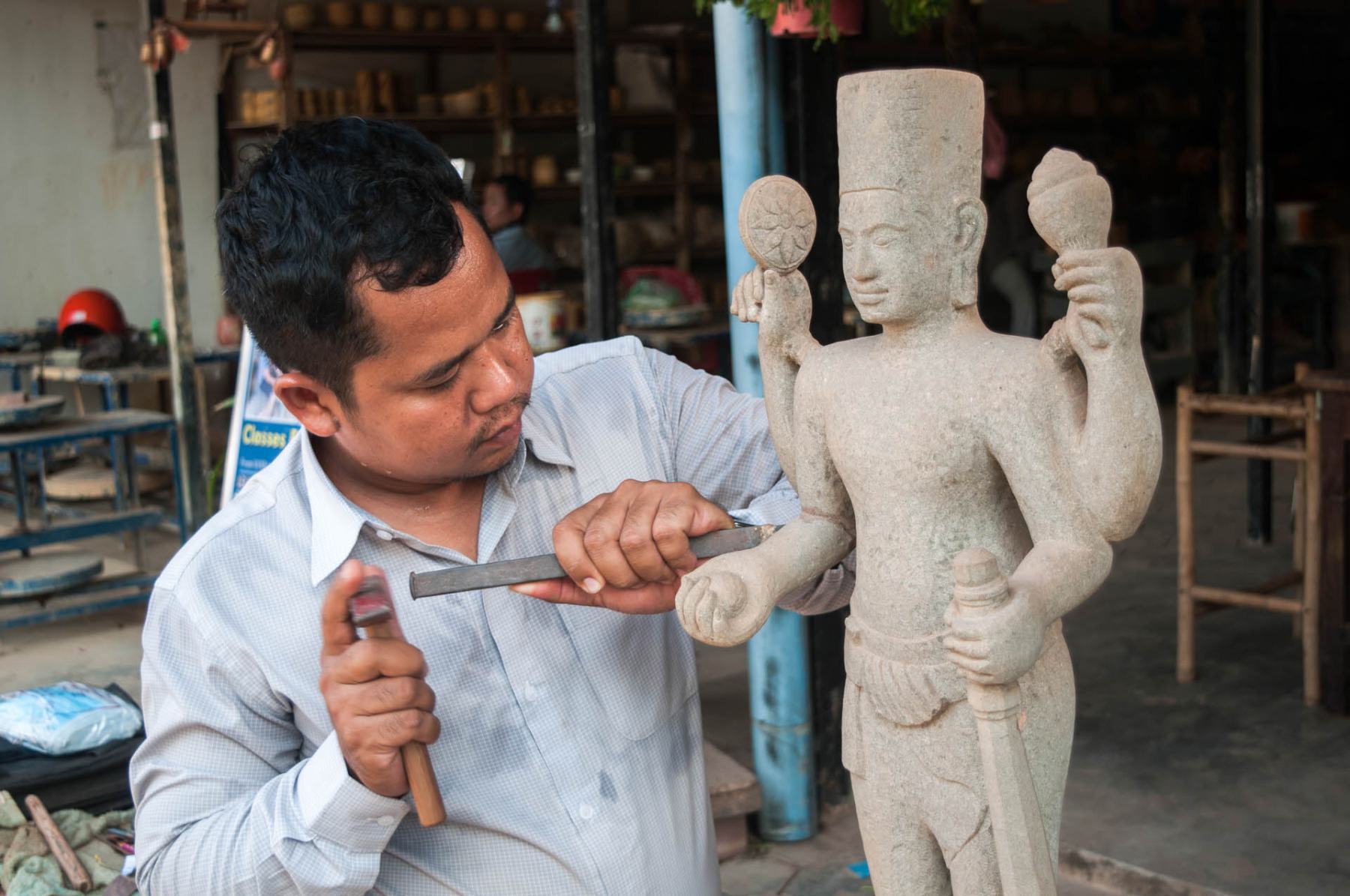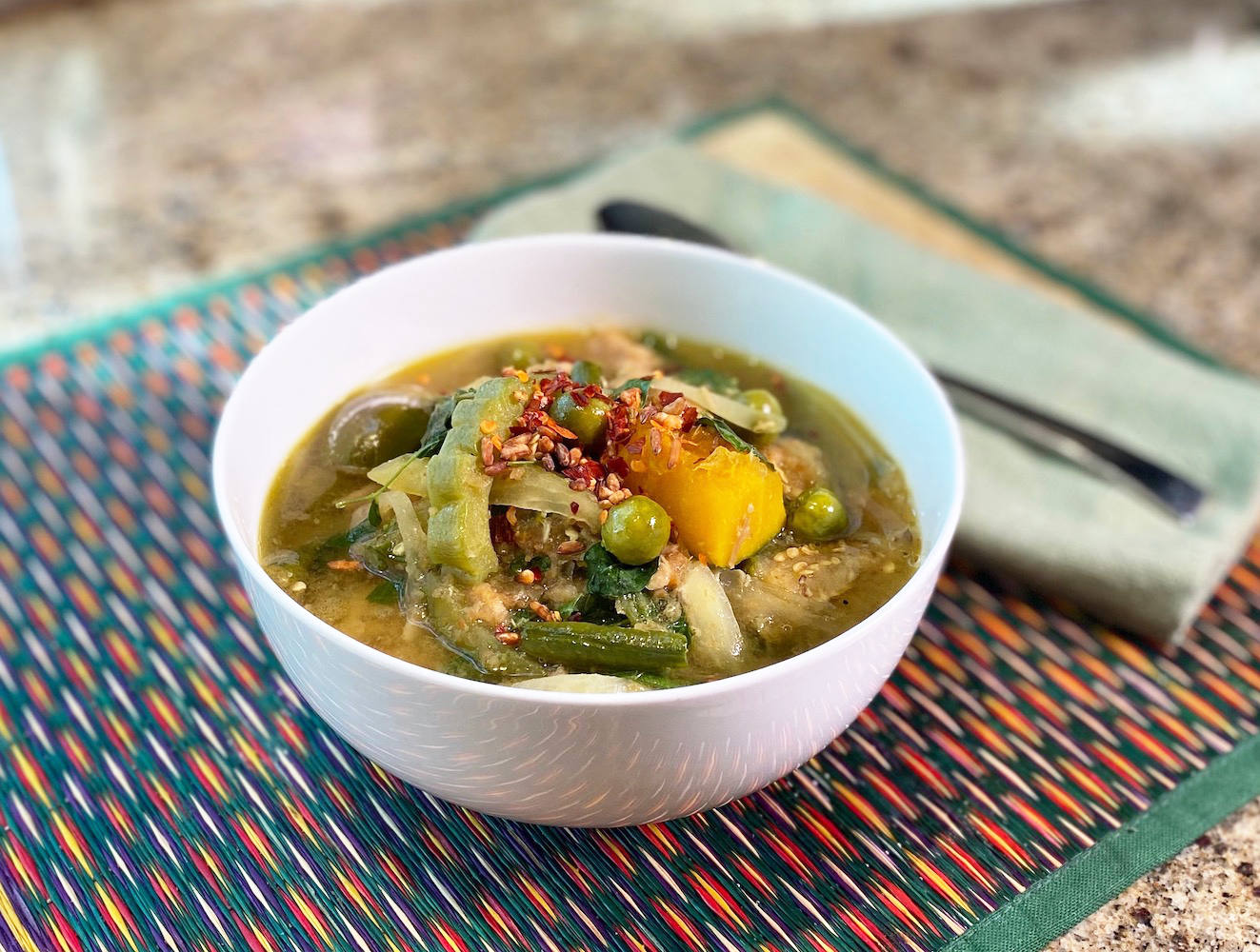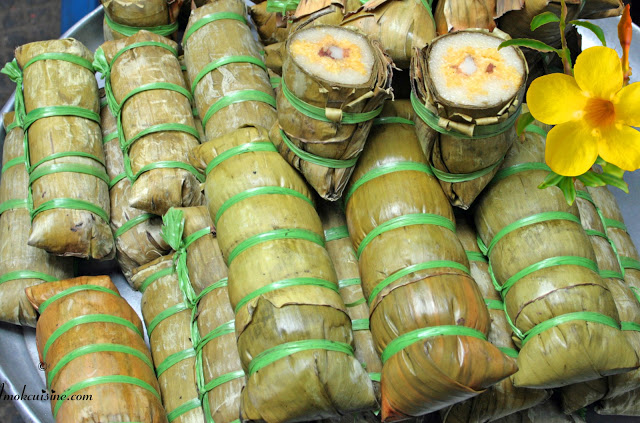Khmer Classical Dance
Discover the elegance and history of the Royal Ballet of Cambodia, a living tradition of Khmer culture.

Introduction
Khmer Classical Dance, also known as the Royal Ballet of Cambodia, is a traditional performing art that has
been passed down for centuries. Characterized by slow, graceful movements, elaborate costumes, and intricate
hand gestures, the dance is deeply rooted in Cambodian spirituality and mythology. It often portrays scenes
from Hindu epics like the Ramayana and Buddhist stories.
Pro Tip: Look closely at the dancers’ hand gestures, known as "kbach," which are symbolic and tell part of
the story.
Historical Significance
Khmer Classical Dance originated in the royal courts and was considered a sacred art form. It was performed
to honor the gods and ensure harmony in the kingdom. Despite facing near extinction during the Khmer Rouge
regime, efforts to revive the tradition have made it a symbol of Cambodian resilience and identity.
Pro Tip: Visit the National Museum of Cambodia to learn more about the history and significance of Khmer
dance.
Costumes and Accessories
The dancers wear ornate costumes, including silk sampots, embroidered tops, and golden headdresses. Each
costume element is meticulously crafted to reflect the character being portrayed, whether it’s a deity, a
mythical creature, or a celestial being.
Pro Tip: Look out for the "mokot," a crown-like headdress worn by performers playing divine roles.
Music and Instruments
The dance is accompanied by a Pinpeat orchestra, which includes traditional Cambodian instruments like the
roneat (xylophone), sralai (reed flute), and ching (cymbals). The music complements the dance, creating a
harmonious blend of movement and sound.
Pro Tip: Attend a live performance to fully appreciate the synchronization between the dancers and the
orchestra.
Modern-Day Performances
Today, Khmer Classical Dance is performed during state ceremonies, festivals, and cultural showcases. It is
also recognized by UNESCO as an Intangible Cultural Heritage of Humanity, ensuring its preservation for
future generations.
Pro Tip: Check out performances at the Cambodian Living Arts center in Phnom Penh for an authentic
experience.













